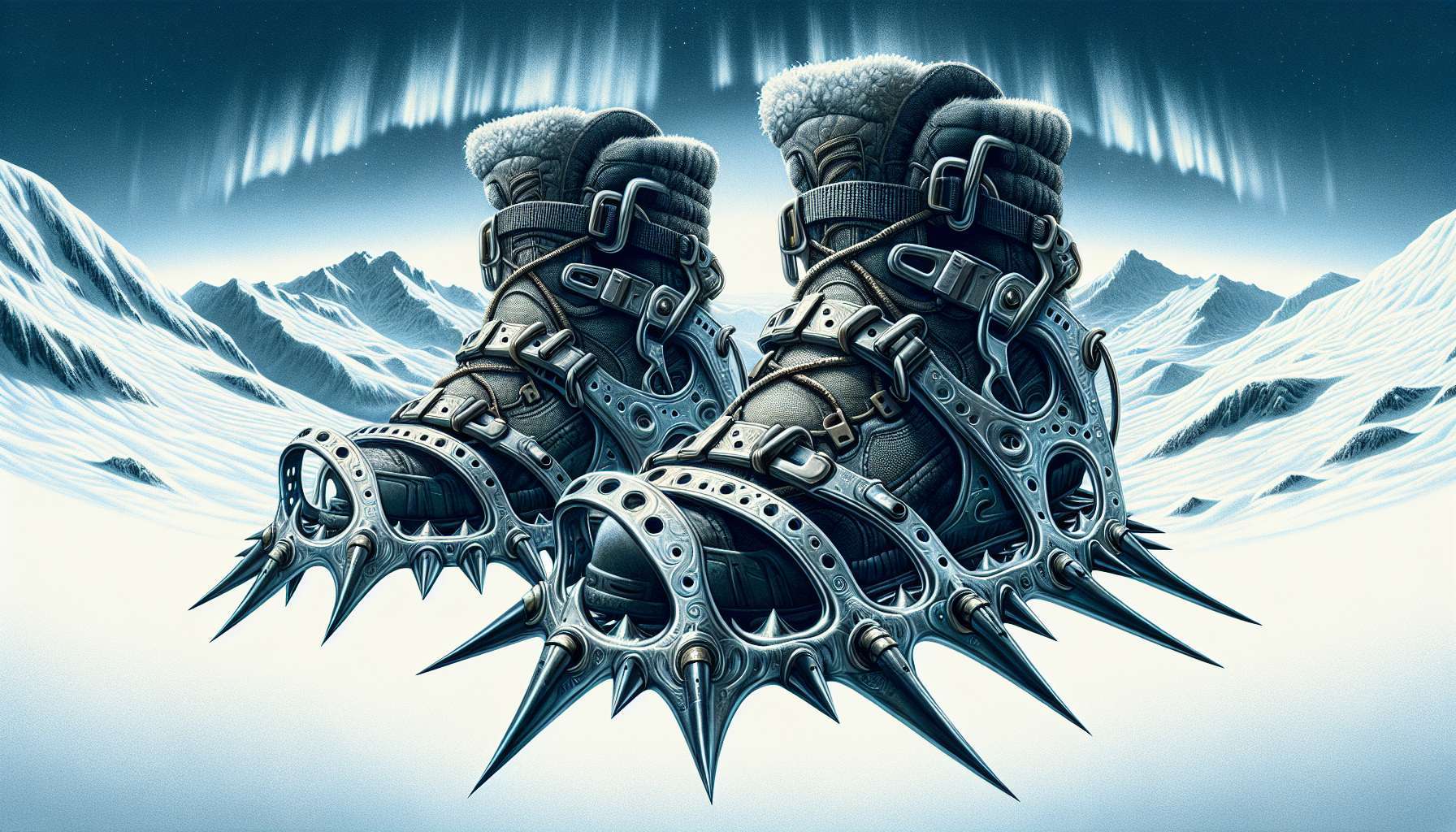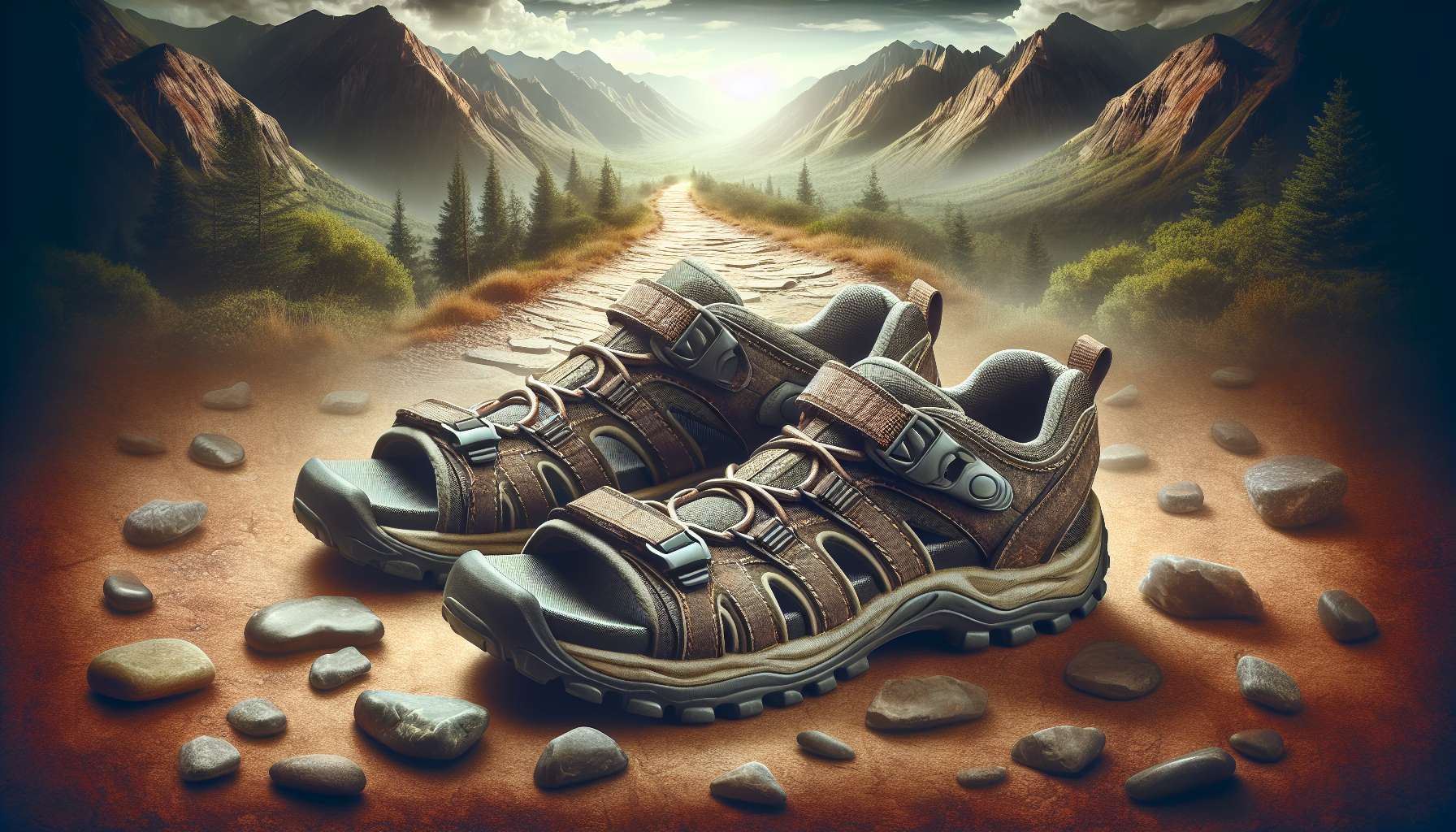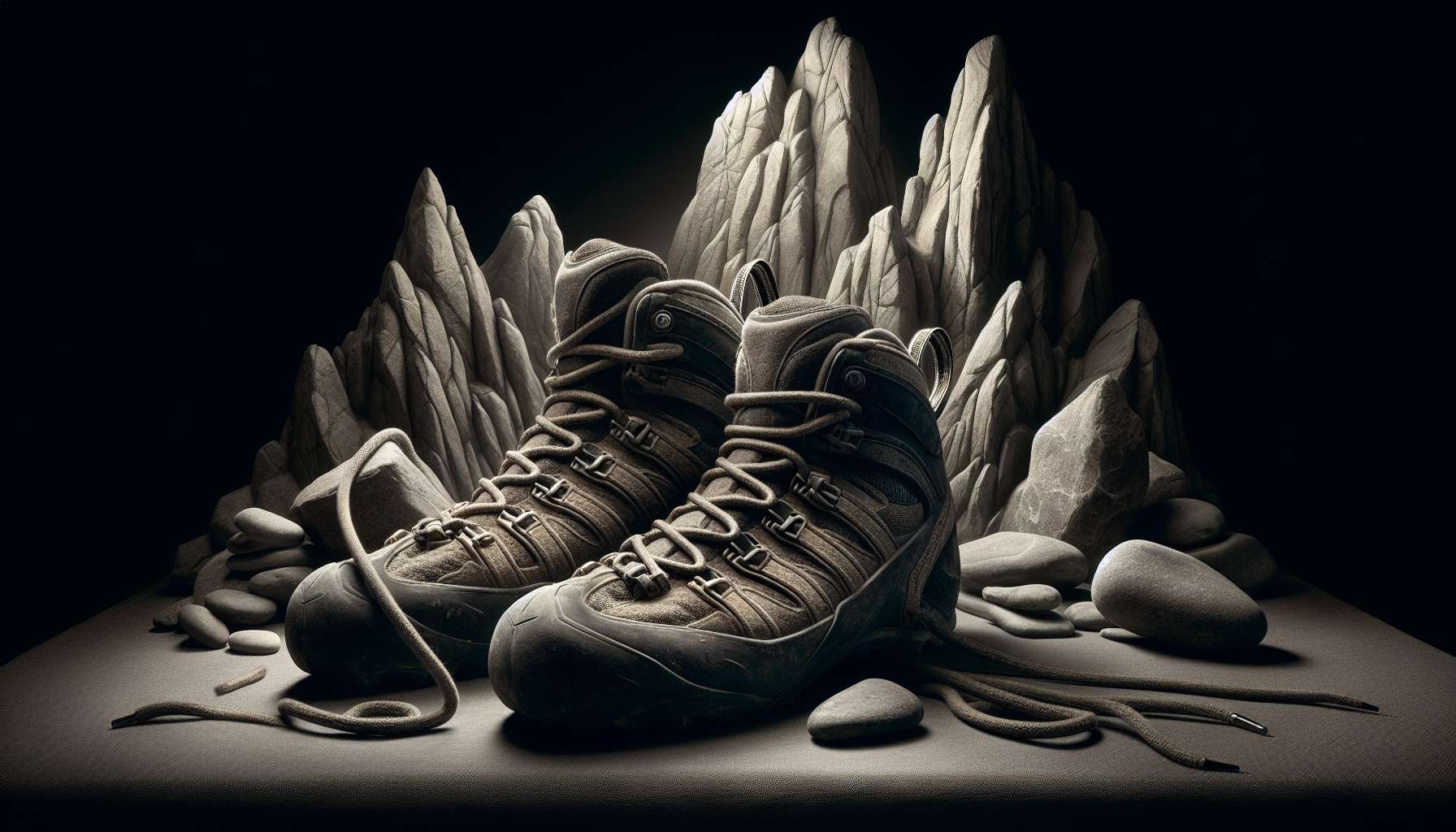Unleashing the Power of Trail Running Shoes
Introduction
Imagine the thrill of racing through rugged mountain trails, leaping over fallen logs, and conquering steep ascents and descents, all while surrounded by the breathtaking beauty of nature. This is the world of trail running, a sport that combines the physical challenges of running with the excitement of exploring the great outdoors. And at the heart of this exhilarating activity lies a crucial piece of gear trail running shoes.
Trail running shoes are specially designed to withstand the demands of off-road running, providing the necessary traction, stability, and protection to navigate various terrains with ease. But what sets them apart from regular running shoes? How do they enhance performance and reduce the risk of injuries on rugged trails? In this comprehensive guide, we delve deep into the world of trail running shoes, exploring their design, features, benefits, and the essential role they play in the pursuit of off-road adventures.
The Anatomy of Trail Running Shoes
Trail running shoes are engineered to meet the unique challenges of running on uneven, unpredictable surfaces like dirt paths, rocky trails, and muddy slopes. Unlike road running shoes, which prioritize cushioning and lightweight construction, trail running shoes are built for durability, stability, and protection against the elements.
One of the key distinguishing features of trail running shoes is their outsole, which is designed to provide superior grip on various terrains. The outsole typically features lugs the protruding treads on the bottom of the shoe that offer traction and prevent slipping on wet or slippery surfaces. The depth and spacing of the lugs can vary depending on the type of terrain the shoe is designed for, with deeper lugs for muddy trails and shallower lugs for rocky terrain.
In addition to the outsole, trail running shoes also have a protective toe cap to shield the toes from rocks and roots, a reinforced upper to provide stability and support, and a rock plate a thin layer of material inserted between the midsole and outsole to protect the foot from sharp objects on the trail.
When choosing trail running shoes, it’s essential to consider factors such as terrain type, running style, foot shape, and personal preferences. Some runners may prefer minimalist shoes with a lower heel-to-toe drop for a more natural feel, while others may opt for maximalist shoes with extra cushioning for added comfort on long runs.
Benefits of Trail Running Shoes
Trail running shoes offer a range of benefits that can enhance performance, comfort, and safety while running off-road. One of the primary advantages of trail running shoes is their superior traction, which allows runners to maintain stability and control on challenging surfaces. The lugs on the outsole grip the ground securely, preventing slips and falls on wet, muddy, or slippery trails.
Another key benefit of trail running shoes is their durability and protection. The rugged construction of these shoes, including features like toe caps and rock plates, safeguards the feet from sharp rocks, roots, and other hazards encountered on the trail. This protection not only reduces the risk of injuries but also enhances the overall trail running experience by instilling confidence and comfort.
Additionally, trail running shoes are designed to provide stability and support on uneven terrain, helping to prevent ankle rolls and other injuries. The reinforced upper and secure lacing systems of these shoes offer a snug fit that keeps the foot in place during lateral movements and sudden changes in direction. This stability is essential for maintaining a strong and efficient running form throughout a trail run.
Choosing the Right Trail Running Shoes
With a wide range of trail running shoes available on the market, selecting the right pair can be a daunting task. To make an informed decision, it’s essential to consider several factors that can impact your comfort, performance, and overall running experience.
One of the first considerations when choosing trail running shoes is the type of terrain you’ll be running on. Different shoes are designed for specific terrains, such as rocky trails, muddy paths, or gravel roads. It’s important to select shoes with the appropriate outsole lugs, traction patterns, and cushioning to match the terrain conditions you’ll encounter.
Another crucial factor to consider is your running style and foot mechanics. Runners with a neutral gait may prefer shoes with moderate cushioning and a balanced heel-to-toe drop, while those with overpronation or underpronation may require shoes with additional support and stability features. Getting a gait analysis and consulting with a knowledgeable running specialist can help you identify the right type of shoe for your unique needs.
Additionally, it’s essential to ensure a proper fit when trying on trail running shoes. Your shoes should feel snug but not tight, with enough room in the toe box to wiggle your toes comfortably. It’s recommended to try on shoes in the afternoon or evening when your feet are slightly swollen, as this is when they are at their largest size.
Trail Running Shoes for Different Terrains
Trail running shoes are designed to excel on a variety of terrains, from technical mountain trails to flat dirt paths. Depending on the type of terrain you’ll be running on, you may need different features and characteristics in your shoes to optimize performance and comfort.
Mountain Trails
For running on steep, rocky, and technical mountain trails, you’ll want trail running shoes with aggressive lugs, a durable outsole, and ample protection. Look for shoes with a rock plate to shield your feet from sharp rocks and roots, as well as a secure lacing system to keep your foot in place during challenging ascents and descents.
Additionally, shoes with a snug fit and a supportive upper are essential for maintaining stability and control on rugged mountain terrain. Consider shoes with a moderate to high level of cushioning to absorb impact forces on steep descents and reduce foot fatigue on long climbs.
Muddy Trails
Running on muddy trails requires trail running shoes with deep, widely spaced lugs to provide maximum traction and prevent slippage. Look for shoes with a sticky rubber outsole that grips the ground securely, even in wet and slippery conditions. Waterproof or water-resistant uppers can help keep your feet dry and comfortable, while drainage ports can prevent water from pooling inside the shoe.
In addition to traction and water protection, shoes for muddy trails should offer a secure fit and lightweight construction to prevent mud buildup and ensure agility and responsiveness on undulating terrain. Some shoes feature gaiters or ankle collars to keep debris out and provide extra protection against mud and water intrusion.
Flat Dirt Paths
For running on flat, well-groomed dirt paths and gravel roads, you can opt for trail running shoes with a less aggressive outsole and lighter cushioning. Look for shoes with a versatile tread pattern that offers traction on loose surfaces without sacrificing speed and responsiveness. Shoes with a breathable upper and minimal seams can enhance ventilation and reduce the risk of chafing and blisters on long runs.
Consider shoes with a lower heel-to-toe drop and a more flexible midsole for a natural, ground-feel experience on smoother terrains. These shoes can promote a midfoot or forefoot strike and encourage a more efficient running form, particularly on flat surfaces where shock absorption and stability are less critical.
Expert Opinions
According to trail running experts, the right pair of trail running shoes can make a significant difference in your performance, comfort, and enjoyment of off-road running. Veteran trail runners recommend investing in high-quality shoes that match your running style, terrain preferences, and foot mechanics to maximize your potential and reduce the risk of injuries.
Professional trail running coaches emphasize the importance of proper fit, comfort, and versatility when selecting trail running shoes. They suggest trying on multiple pairs, testing them on different terrains, and paying attention to details like toe box width, arch support, and heel fit to find the perfect fit for your feet.
Experienced trail runners also stress the importance of rotating multiple pairs of trail running shoes to prevent overuse injuries and extend the lifespan of the shoes. By alternating between different models with varying cushioning levels, outsole patterns, and drop heights, you can adapt to changing terrain conditions and running intensities while keeping your feet fresh and supported.
Conclusion
Trail running shoes are more than just footwear they are essential tools that empower runners to push their limits, explore new horizons, and connect with nature in a profound and meaningful way. By investing in the right pair of trail running shoes tailored to your needs and preferences, you can elevate your off-road running experience and unlock your full potential as a trail runner.
Whether you’re tackling rugged mountain trails, navigating muddy paths, or cruising along flat dirt roads, the right trail running shoes can enhance your performance, protect your feet, and amplify your enjoyment of the great outdoors. So lace up, hit the trails, and embark on an unforgettable journey of discovery and adventure with the power of trail running shoes by your side.




